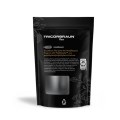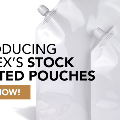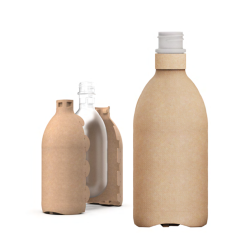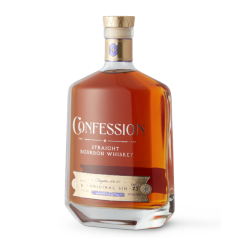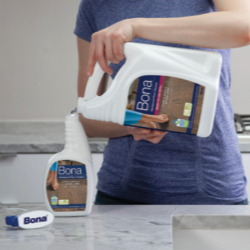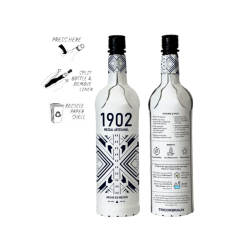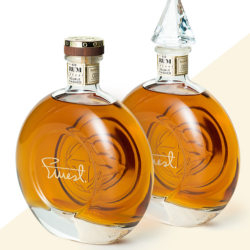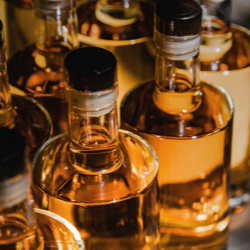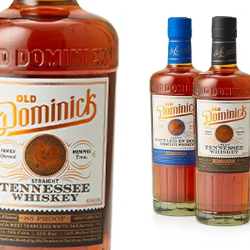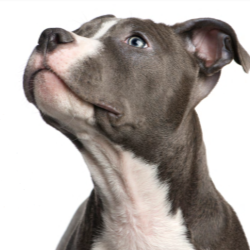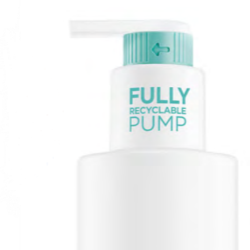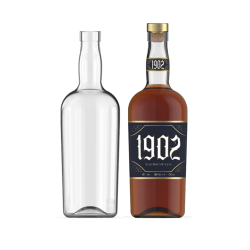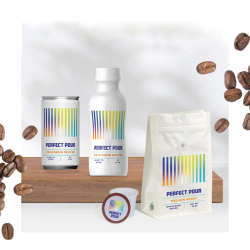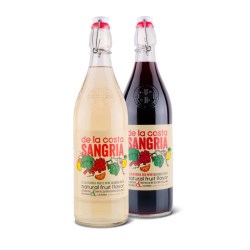
Finding the optimal packaging for your products goes much deeper than choosing a volume size. Several serious considerations must be made to ensure the individual needs of each unique item are fully met. Failing to do so often leads to spoiled product, obsolescence, and unnecessary costs and inconveniences for the eventual end consumer.
Every item has specific requirements in terms of what materials are safe, what features add important conveniences, what aspects support a brand’s image, and so on. It's well worth the time and consideration to select a quality type of packaging and holistically support goods and the companies that make them. Our tips for choosing the right packaging for your product will help make searching for the best options a much easier task.
Physically Protecting Goods
The first and most important role of packaging is to protect the goods stored within. Often, when we think of what protection means regarding containers, we think of shipping and handling. The first most evident task of the container is to properly seal items. Goods need to fit snugly inside without too much wasted space or be fitted too tightly. It needs to be a comfortable match to ensure the costs of materials aren’t wasted.
A little spare room also allows goods the benefit of an air pocket, which is important for potentially fragile items. If items are packed too tightly, they can end up damaged in shipping or become crushed while being handled at a retail location. Additionally, some goods off-gas, increasing pressure internally inside the bag. Coffee especially requires a sturdy bag to keep roasting gasses from causing a leak or bursting the package. Packages need sturdiness to ensure no bursting will occur at any time in an item’s life cycle.
Shipping is, of course, the next major hurdle goods must endure before they can reach the customer’s hands. Packaging must be selected with the shipping process in mind. If goods are stacked in boxes and set on palettes, the containers must be able to withstand the stress of weight from other items and the difficulties of being possibly jarred or rattled while moving from warehouse to truck to store.
Choosing the Right Barrier Type
One of the most important tips for choosing the right packaging for your product is to be aware of the sensitivity of a product. Besides defending items against the difficulties outside, they also must protect from within. As noted, the makeup of a package is crucially important depending on the nature of an item. What material is best will depend on several factors, such as whether the item is for consumption, freshness variables, and more. The innermost lamination of a package does much of the heavy lifting when it comes to keeping items in as optimal condition as the day they were packaged and defending the contents from more subtle threats than rough handling.
Many varieties of edible items are highly vulnerable to prolonged exposure to air. Oxidation causes certain goods to change in flavor. Coffee is one such food item that requires careful consideration of the material, particularly the barrier, and protection of the product from oxygen. Prolonged exposure to air degrades the quality and complex flavors of whole beans coffee.
Along the same lines, packages must provide the essential service of keeping bacteria and mold causing moisture. The intrusion of these elements causes spoilage and mold. The most common barrier elements in flexible packaging are foil or metalized polyester—great options for keeping your goods safe, delicious, and fresh.
Marketing Through Visual Elements
Although their primary role is to protect and transport goods from business to business and business to customer, they serve another key role that shouldn’t be overlooked. All the campaigns, slogans, and social media posts that go into bringing a product to the public’s eye are only as good as the final product is appealing. The packaging of an item is the final piece of marketing that a business can convey to a potential buyer. As such, it needs to be focused and intriguing to better convince customers of the goods’ merits and value.
The first choice concerns the material. Different material options have diverse textural and tactile facets that make them appealing to different demographics. The most common varieties are glossy laminations featuring either foil or metalized polyester a barrier. It’s a popular and economical choice that always looks appealing and professional. Beyond that are more natural-looking options such as rice paper and kraft paper laminations. The more rough-looking finishes such as these have a uniquely rustic and vintage appeal ideal for brands looking to emphasize simplicity.
Environmentally Conscious Selections
We as a people are becoming increasingly aware of our impact on the planet. Packaging especially plays a role in contributing to landfill waste across the world. One way to reduce landfill waste and environmental impact is through down-gauging and compostable packaging films. Packaging made from partial resin chains or entirely from plants will break down more rapidly and leave fewer unwanted byproducts. At TricorBraun Flex, we’re pushing the bar on compostable materials with our Biotre line of flexible packaging.
It’s the ideal option for brands that need to emphasize responsible choices as part of their image and appeal. For instance, many coffee brands underline their low-impact methods of growing coffee crops, harvesting, and roasting. The Biotre block bottom coffee bag is the perfect complement to these admirable ideals. Customers can rest easy knowing their favorite coffee selection is focused on minimizing the packaging waste seen around the world today.
TricorBraun Flex is a leader among flexible packaging suppliers dedicated to bringing your business the best packaging solutions. Explore our diverse selections of stand-up pouches, block bottom bags, and more. We offer an array of materials, colors, and designs ready for your brand’s unique vision. Are you still unsure what type of packaging will most suit your goods? Reach out today and talk to one of our expert team members. We’re happy to learn about your business’s needs and explore the best options together.



